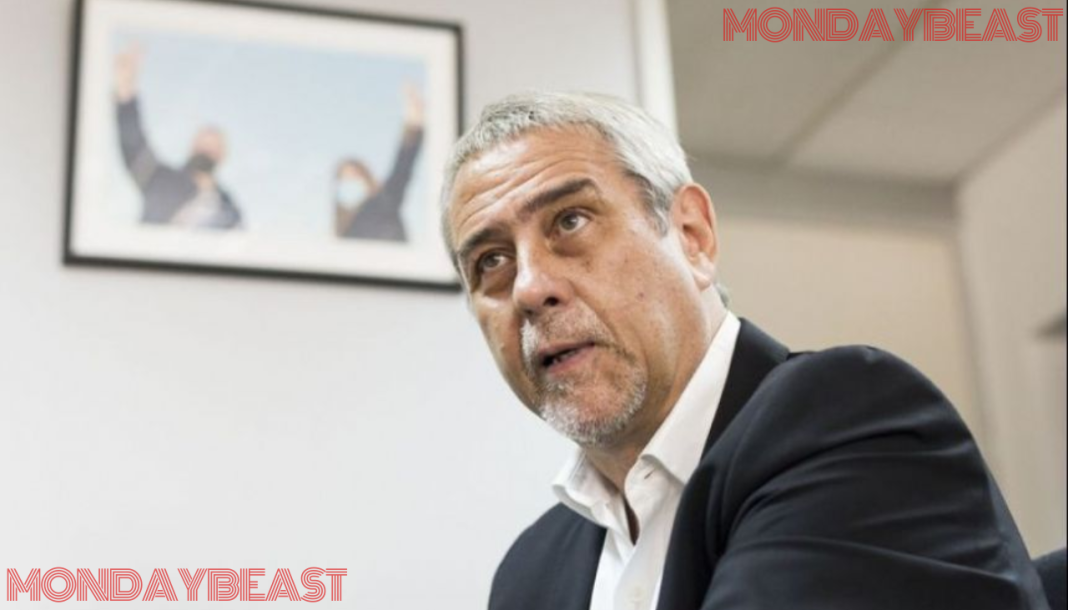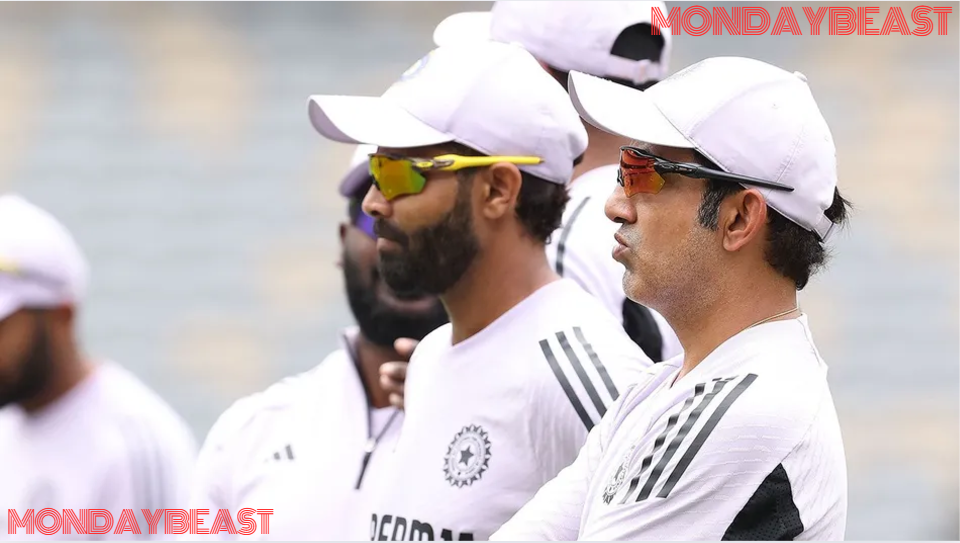The political landscape in Argentina is no stranger to conflict. Recently, a storm brewed in Quilmes as Jorge Ferraresi, the mayor of Avellaneda, made a bold move against the established order. He severed ties with Mayor Mayra Mendoza’s bloc in the City Council. This decision is raising eyebrows and intensifying existing tensions.
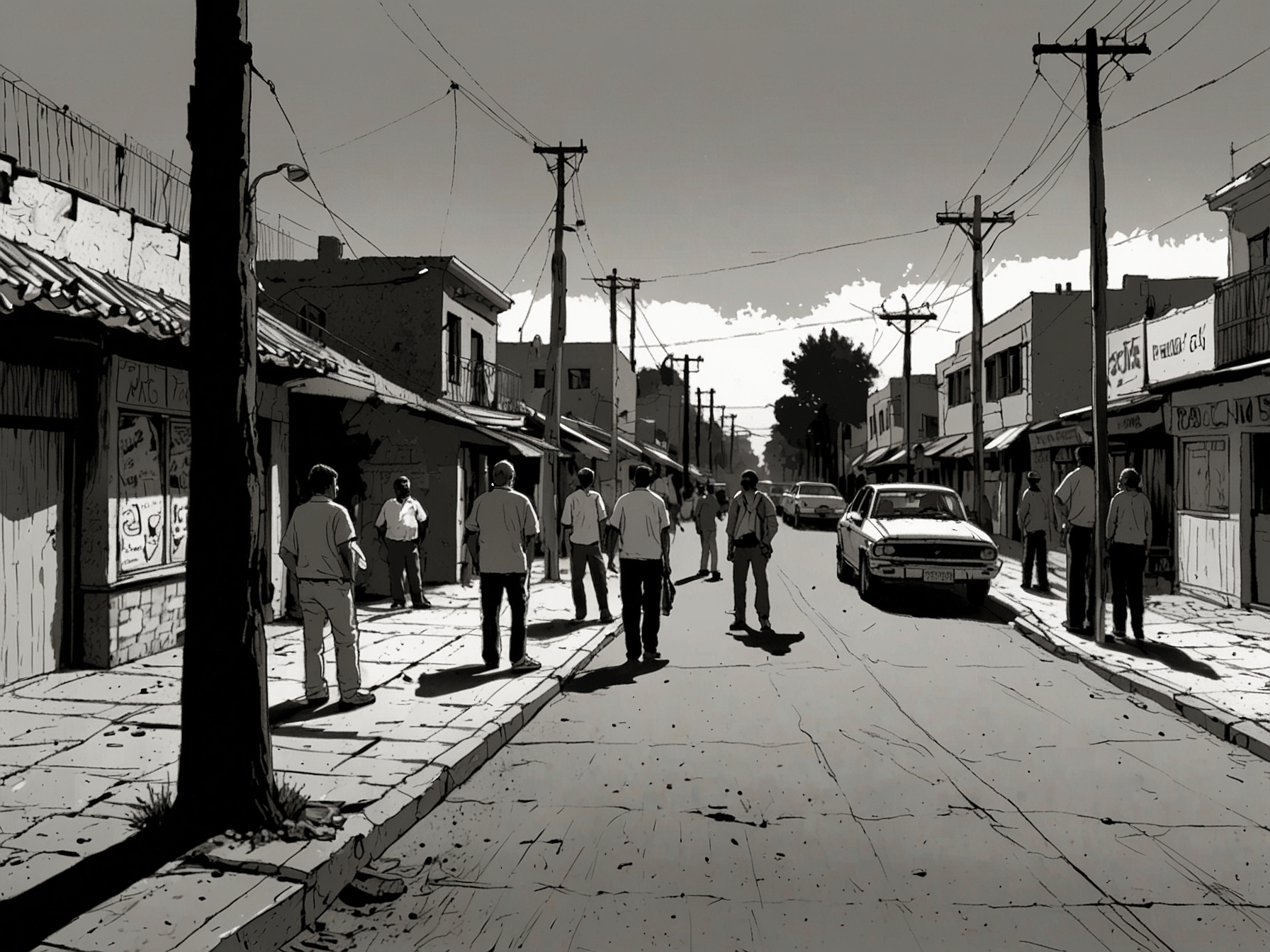
Walking through the muddy streets of La Matera and Villa Luján, Ferraresi highlighted his commitment to underserved neighborhoods. Dressed modestly, he seemed at ease among the locals. This visit, however, was not just a photo opportunity; it ignited a political fire.
Immediately after this community tour, Ariel Burtoli, a city councilor allied with Ferraresi, announced a split from Mendoza’s faction. He plans to form a new group named ‘Unión por la Patria-Peronismo Bonaerense.’ Insiders were not surprised. The political landscape is shifting rapidly beneath their feet. But what does this mean for local governance?
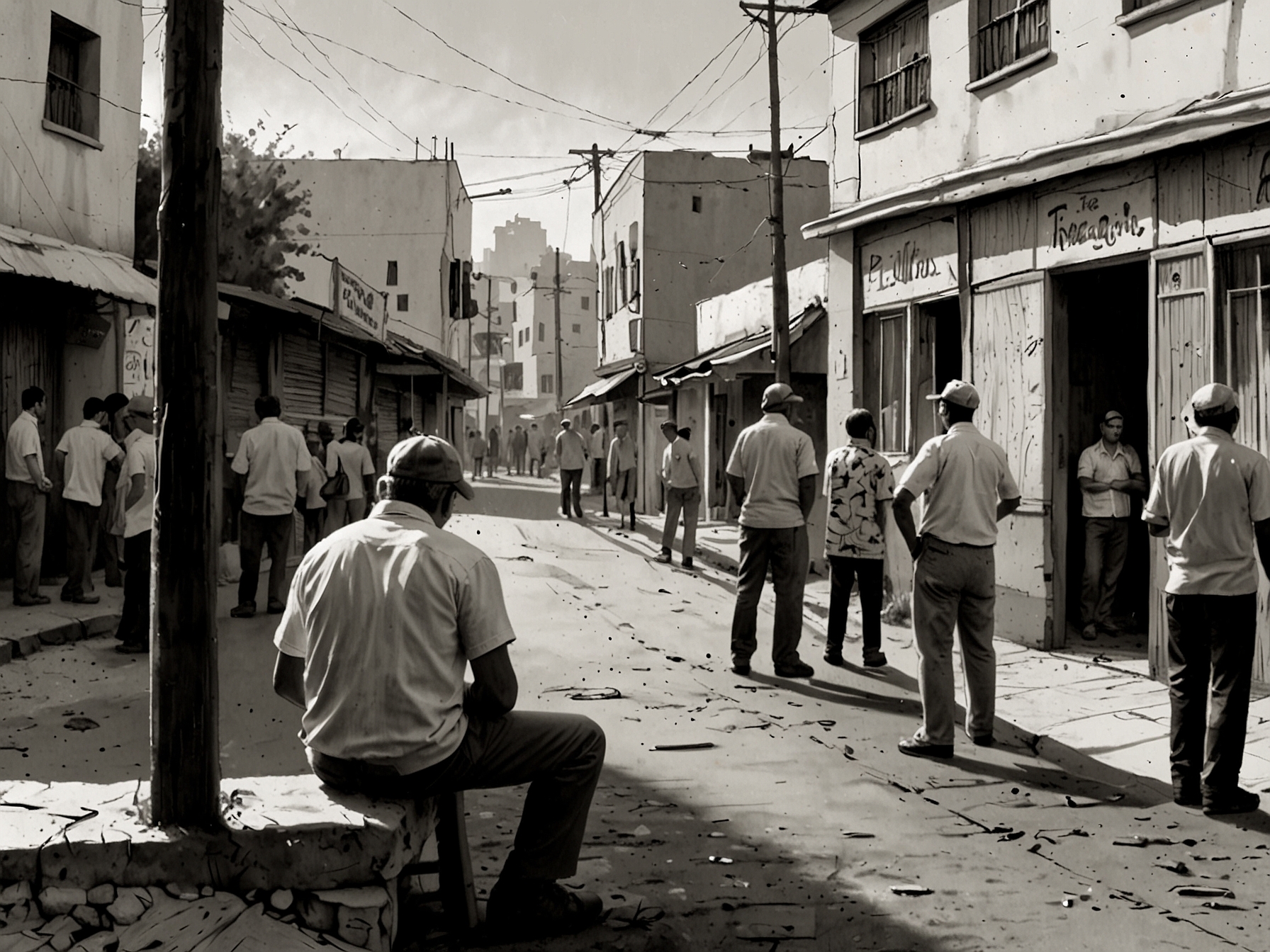
La Cámpora, a powerful political group, reacted swiftly. They accused Ferraresi of creating fractures in the Peronist ranks. They see him as a threat, especially in areas where they have wrested control from the PRO. With local elections on the horizon, every move counts. Could this internal conflict affect voter sentiments?
Mendoza’s frustration was palpable. ‘Hola Kicillof. Te cuento que este fin de semana tuvimos en Quilmes la visita de nuestro vecino intendente, al estilo notero de La Nación +,’ she expressed, her irritation evident. This was more than just local infighting; it symbolized a rising wave of dissent against established leadership.
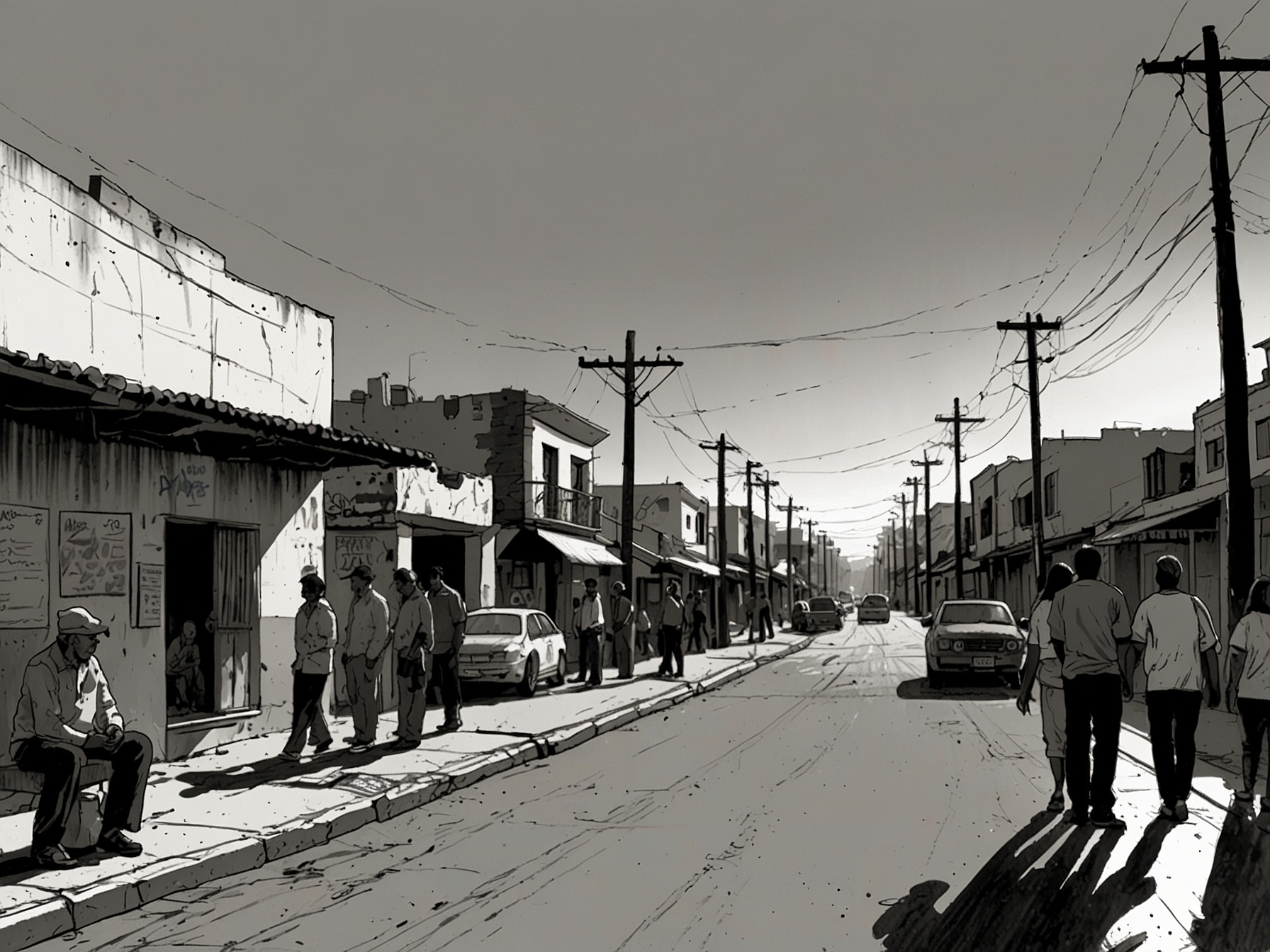
Interestingly, the cracks weren’t new. Earlier in the year, a similar situation unfolded in Lanús. Councilor Belén Berrueco, aligned with Ferraresi, separated from a bloc led by a La Cámpora member. The stakes are high, and the chess game of politics unfolds in real-time.
As tensions rose, the dispute moved from ceremonial clashes to accusations of mismanagement. Each side began to dissect the other’s record. Who is truly serving the community? Are the residents getting the support they need?
Facundo Tignanelli, head of the Unión por la Patria bloc, weighed in. He characterized Ferraresi’s actions as ‘another break in a Peronist municipality.’ His statement underscored the relentless pace of the conflict. Is this just the beginning of a larger political realignment in Buenos Aires?
In the coming weeks, all eyes will be on Quilmes. The ultimatum has been issued, and both sides are posturing for position. Voters are likely to feel the effects as these ideological divides deepen. How will this impact the already complex dynamics of Argentine politics?
Ultimately, this isn’t just a local matter. It reverberates through the entire political spectrum of Argentina. Each fracture signifies a growing dissatisfaction among constituents. Can Ferraresi and his allies rally support? Or will La Cámpora solidify its grip?
The fate of Quilmes’ leadership hangs in the balance as both factions prepare for what could be a significant showdown. The question lingers—how much longer can the status quo endure?

